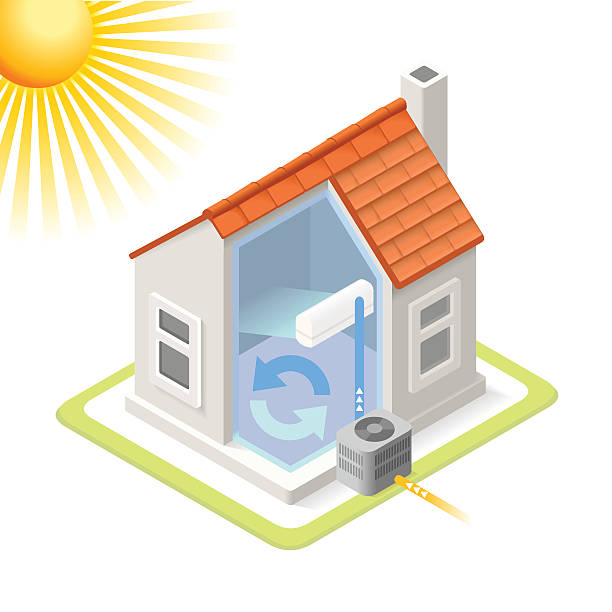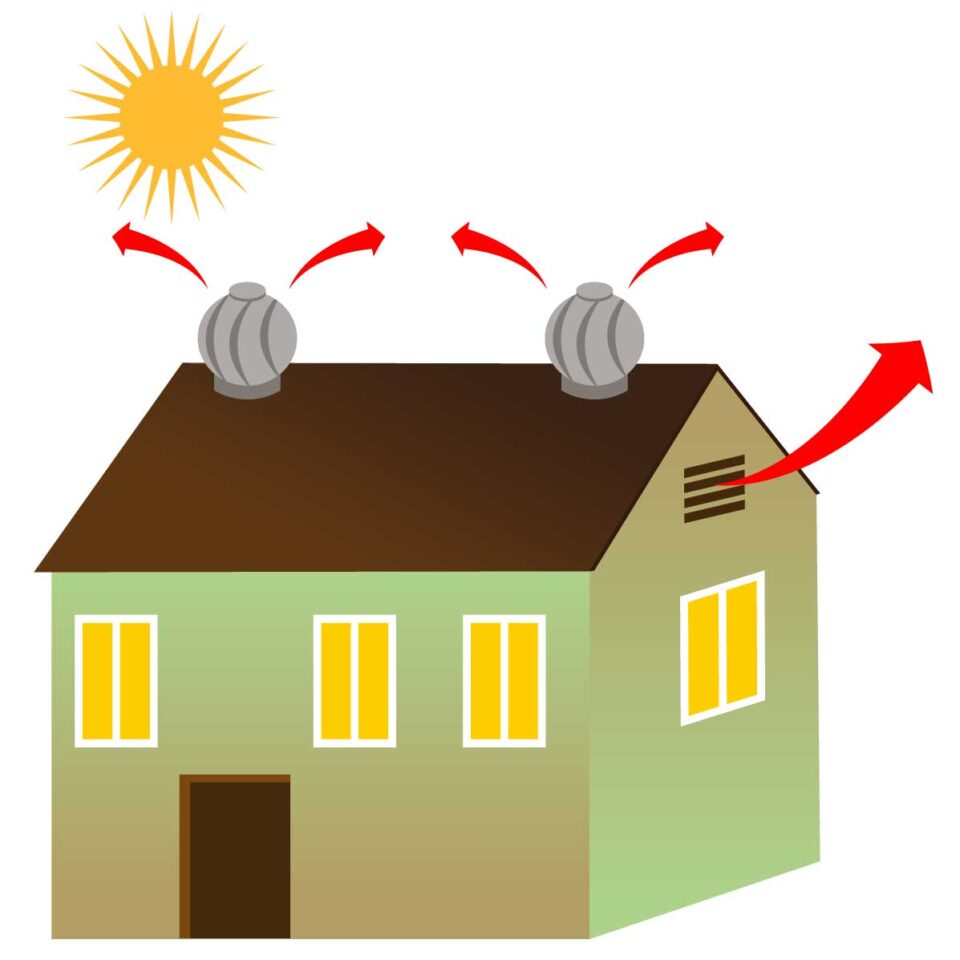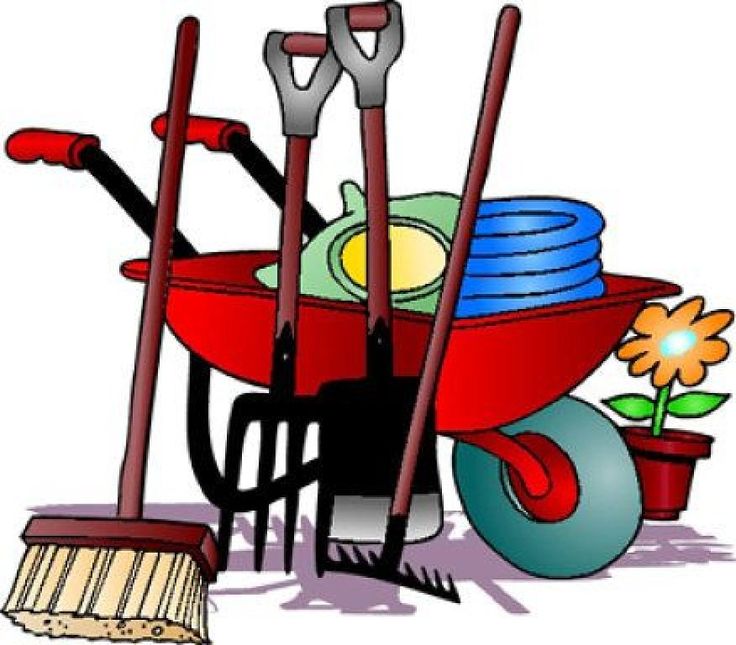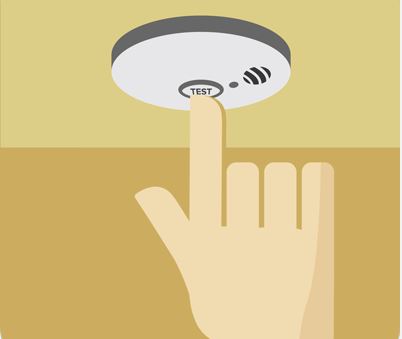Get Your Home Ready for Spring!
It’s finally starting to feel like Spring and many people are already thinking of Spring Cleaning. That doesn’t only mean the inside of your house, but the outside as well.

Take a walk around your home’s perimeter to spy any troubled areas where moisture could seep in (mold can grow quickly), or for signs of rot or ground upheaval.
- Look closely around your foundation for any obvious or new cracks, checking behind larger items, such as bins or stacked patio furniture.
- Check the roof shingles, gutters, siding, stucco or bricks for signs of loosening, leaks, water stains, cracks, or other damage.
- Examine your exterior windows for trim and sash wear or damage.
- Inspect your retaining wall, fence lines, deck and walkways for signs of rot or upheaval, which could become a safety issue.
- See peeling paint? A fresh layer of paint (after the right prep) can help protect and seal surfaces.

A surprising amount of debris can build up over winter, stuffing gutters, downspouts and window wells. And, if you’re still dealing with snow and ice, slosh buildup may impede the draining melt.
- Take a peek at gutters, give a quick glance into downspouts. Clear icy slosh and debris to help prevent water backup.
- Keep your eyes up for another month or two to spot overly-wet areas on exterior walls or leaky gutter joints.
- Check that downspouts drain at least four feet away from your home and foundation, and not directly onto walkways or driveways.
- Assess whether there are freshly sunken areas on your property.
- Eyeball the lawn grading to ensure there’s enough slope to lead water away from the house, noting that gravel or mulching doesn’t redirect water flow.

The HVAC (Heating, Ventilation and Air Conditioning) System – the ‘beating heart’ of your home — now’s a good time to have your system inspected or serviced.
- Replace filters in your AC, furnace and humidifier, and clear and dust vents (have floor vents collected winter dirt or muck?).
- If you had unattended furnace issues over the winter, schedule an inspection or repair.
- Consider an inspection on your AC unit now, before the hot temperatures hit.
- Ducts matter, as they carry air from your AC or furnace to the rooms in your house. Consider having them inspected and tested.
- Is your water heater nearing the age of replacement? They tend to fail in freezing temps, or after being turned off for a vacation, so think about upgrading during a warmer season.
- Check over any portable AC units, or ceiling or stand-alone fans to clean and replace filters.

Ahead of the hotter outside temps, it’s important to check up on your attic ventilation, and ensure that your bathroom and over-the-stove fans are doing their job to clear out moisture or fumes.
- Do you have enough roof vents? A professional can assess whether the attic may get too hot, which can damage your roof and shingles, plus make it harder to maintain cooler temps inside.
- Clean bathroom fans. Are they still venting to the outside? Check the attic to confirm that condensation isn’t collecting in conduits.
- Your stovetop range and fan need cleaning and clearing, as well — which may help prevent a fire or reduce smoke damage from stove misadventures.

Time to check interior windows and doors. A reversal from the winter cold, you’ll now want to keep colder air in, but also affirm that windows open properly after a winter of being shut.
- Check window seals. If you have a cloudy window or can see condensation inside the pane, the seal is broken and has lost its ability to properly insulate your home.
- Check around windows and doorways for warping, gaps and cracks. Warping may need physical repair, and weather stripping or caulking can help reinstate a proper seal.
- Add solar-absorbing or heat-reflecting window film or curtains to keep a room cooler and reflect the heat back outside.
- Open all your windows, and breathe the fresh air. If they don’t cooperate, now’s the time to fix them to invite cooler morning or evening air inside when needed.

It’s that time of year, when all the multi-legged living things crawl back to life!
- Grab that caulking gun and walk around inside and out to seal new holes and cracks (don’t forget those hot tub hose entry points).
- Replace damaged window screens, and think about installing a screen door to let the breeze in and keep the bugs out.
- Clear out debris from around basement windows and wells, cleaning dirt and grime from all sills to eliminate hiding places.
- Inspect your basement and garage for past signs of pests, to clue you in to possible entry points.
- Food attracts insects and rodents. Make sure to properly seal food in your kitchen and pantry, and don’t leave food out anywhere for long.
- The rule is, if you see one bug or mouse, there may be more. Keep an eye out! But also remember that you’re bigger than they are, so don’t lose any sleep worrying about it.

Early cleaning of your yard and home exterior can help you avoid pest and mold issues, kickstart lawn and plant growth.
- Clear out leaves, debris and dead branches from fences and beds, and add mulch around trees and plants to retain spring moisture and discourage weeds.
- Aerating your lawn can encourage healthy, strong growth to help reduce water usage, and weed or pest takeover.
- Clean up debris and dirt from window wells, around patios and from under decks.
- Clear the way around utilities, play sets, AC units, and power poles.
After your yard clean-up is done, a little prep can go a long way.
- Give your yard equipment a once-over. Replace rusty or cracked items, such as rakes, shovels or hoses, and ensure your lawn mower and trimmer are functioning properly.
- Prepare and re-edge beds, add soil or mulch, periodically water perennials, and keep on top of early weeds.

Wind storms may break or swing large branches (or even snap them), which could cause damage, impede utilities or power lines, or even add a fire risk.
- Trim large branches that are too close to your roof, utilities, and fences (but avoid damaging new growth; check on the right timing and method with an arborist or garden centre).
- Ensure that shrubs won’t impede walkways or gates.
- After the snow melts and your outside taps are on and check for any leaks.

You never know when an emergency will spring up, so ensure your warning measures and safety equipment are in working form.
- Spring is a great time to check batteries and test alarms, such as smoke, fire, water or carbon monoxide detectors, to make sure they can sound off.
- Are detectors in the right spot? They should be heard from the primary areas of your home, and above a certain noise level, such as over TVs or stereos.
- What about your house alarm? Check that all points are connected and working, and review if doors or windows need to be added to the system.
- Check up on your fire extinguishers or have them serviced. It’s a good idea to have at least one on each level of your home, including by the kitchen and in the garage.
While you’re doing this, keep in mind that the Village Garage Sale will be the last weekend in May (Saturday, May 25). As you’re tidying up around your house and property, consider putting items aside that you might want to sell.

